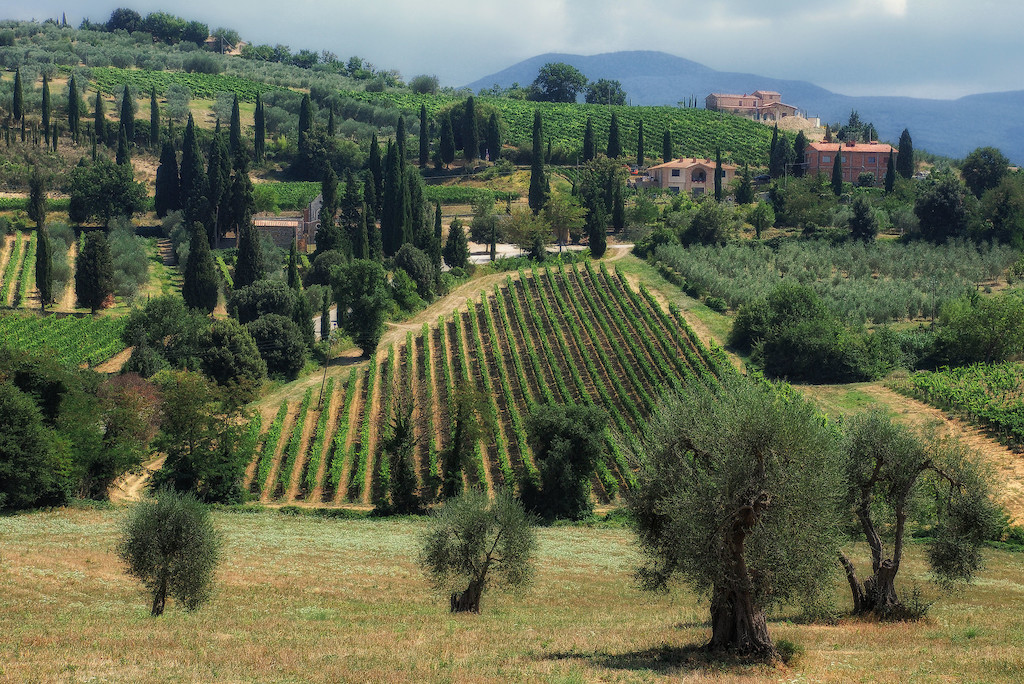Perfume project combines the best of Tuscany – geothermal and wine

Innovative project in Tuscany/ Italy to produce perfumes by distillation of local wines using geothermal energy.
Geothermal energy clearly presents lots of opportunties beyond power generation and we have highlighted the role it can play in diversification for local economies. From the tourism sector to the agri-food sector, there are many examples, and thanks to research they can expand even further, so an article in Greenreport.
Thanks to the co-financing guaranteed by the Tuscany Region under the Por Fesr 2014-2020, the Divine Perfumes project – Production of innovative perfumes by distillation of local wines using low-cost energy resources is underway in the area . With the leader Speziale Laurentiani and partners ranging from Geo energy service to the Magona technological center at the University of Pisa, the project aims to transform waste from the wine industry – such as pomace – into wine products of significant commercial interest (polyphenolic extracts, oil of grape seeds and ethyl alcohol), for which there are excellent prospects in the market of biocosmetics and products for sanitizing environments.
“Divine perfumes – detail from the Magona Technological Pole – is aimed at the pre-commercial demonstration of an innovative process for the valorisation of waste from the wine industry, through the use of renewable geothermal energy. To support the pre-commercial development, an experimentation phase on a pilot plant will make it possible to obtain adequate quantities of products for quality and market assessments, and to define the most innovative aspects of the process, in particular those relating to the conditioning of waste (necessary to allow non-seasonal processing), to the plant / geothermal fluid interface, to the integration of operations with very different dynamics, to their automation and control with enabling technologies for Industry 4.0″.
At the same time, the Tuscany Region co-financed the SE2030 project – which also in this case sees the scientific collaboration of Polo Magona-, with the leader Locatelli Saline di Volterra spa which “intends to introduce important innovations in its production process with the dual purpose of reducing the consumption of reagents and energy and obtaining products with increased quality and therefore greater added value (energy salt, pharmaceutical salt ). A further objective of the project is the introduction in its product portfolio of lithium carbonate (a product whose demand is growing strongly as a fundamental raw material for the production of batteries for the automotive or electronic sector), to be extracted from the resulting mother liquors. from the production of salt, of which they represent a waste, in line with the model of the circular economy “.
Geothermal energy has nothing to do here, but in reality the project represents further evidence of the potential that the Tuscan geothermal areas have for the production of lithium in a sustainable way.
Supporting the ecological transition, with the massive spread of industrial plants for the production of renewable energy and the rapid growth of electric mobility, means reviewing in depth the supply chains of multiple raw materials. For example, globally the World Bank documents that – if we want to keep global warming within + 2 ° C compared to the pre-industrial era – more than 3 billion tons of minerals and metals will be needed, with the production of lithium alone. which will have to grow by almost 500% long before 2050.
At the European level, the EU Commission estimates a nearly 60-fold increase in lithium needs by 2050, and has included this metal among the critical raw materials for the development of the Old Continent. “We cannot afford to replace the current dependence on fossil fuels with dependence on critical raw materials – observes the Vice President of the European Commission Maros Sefcovic – The simple truth is that we largely depend on unsustainable raw materials, coming from countries with standards much lower environmental and social issues, less freedom or unstable economies.”
In this respect, geothermal energy represents not only a renewable energy source, but also a sustainable source of supply for lithium. Also in Larderello, unconventional deposits of geothermal lithium have already been identified, a chance for the industrial development of the area that is waiting to be explored: “Geothermal lithium – they explain in this regard by the European Council for Geothermal Energy (EGEC) – it differs from lithium extracted in the traditional way in that it has an almost zero environmental impact, and involves a marginal use of water and soil. Traditional extraction methods rely on evaporation processes to produce this precious metal. In geothermal plants, on the other hand, the lithium-rich frost is pumped to the surface directly from the geothermal wells. The heat carried by the frost is used to produce renewable energy, while the frost, net of lithium, is reinjected into the well. A single geothermal power plant can, therefore, produce electricity, heating, cooling and raw materials such as lithium, with a zero-carbon process. A quadruple advantage,
Source: Greenreport